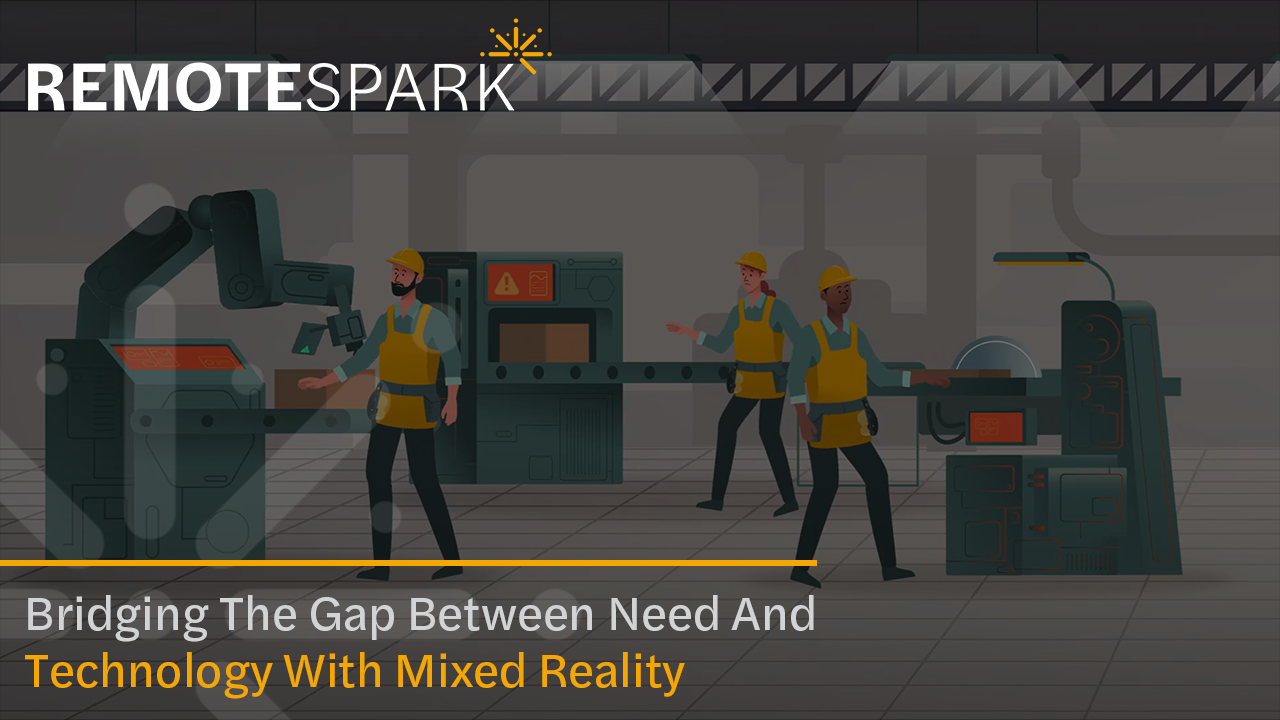Erasing Deskless Worker Limitations With Mixed Reality
Manufacturing continues to face monumental challenges that have left the industry with soaring material costs, slowed delivery of exports, and skilled labor shortages. According to an article by Liberty Mutual, “the manufacturing industry continues to suffer from an acute labor shortage” with a reported 400,000 positions that needed to be filled in early 2022. What this has resulted in is increased hours of active production lines, extended working hours which contribute to early burnout, and decreased overall health of factory lines leading to reduced output and costly repairs. All of these operationally critical challenges are forcing manufacturers to seek innovative solutions, such as performance support tools (PSTs) that are designed to help train, up-skill, and attract new employees, as a way to counter some of the industry’s core challenges.
You can trace back the introduction of PSTs to nearly three decades ago. Since then, organizations globally have been leveraging PSTs to help boost learning retention, reduce costly unproductive classroom time, and assist employees through hands-on experiences. When looking at how humans learn, on average a person will acquire 70% of their total knowledge on a subject through experiential learning making the just-in-time teaching aid capability of PSTs so important to maximizing your workforce’s potential. All of these benefits may sound great, but what does a PST look like in practice? There are a multitude of different formats but some common and easily recognizable include interactive PDFs, mobile apps, videos, and even eBooks all of which are designed to bring together the organization’s collective knowledge and provide a helpful solution to challenges workers might face. There is one caveat however, all of these tools have been largely developed and focused on supporting office staff, leaving the “deskless worker” behind in the continual support cycle after initial on-boarding.
Traditionally performance support tools have been used in a 2D environment, viewed on a screen which started with a desktop PC and has since moved to mobile phones. Videos, interactive PDFs and mobile apps are excellent learning tools but consistently tie hands up and are a hindrance on task completion. With the introduction of Mixed Reality (MR), companies have been able to change what is possible for the deskless worker. By taking parts from Virtual Reality (VR) and Augmented Reality (AR) the technology grants access to digital assets in the physical space. This allows industrial workers to leverage the collective knowledge of an organization and critical operational information through their MR capable headset when and where they need it, all while now being able to be completely hands free and aware of their surroundings. Mixed Reality has brought PSTs out of their 2D form and into a true 3D format that removes the need for work stoppages to double check instructions as they can now be easily viewed as the work is being done simultaneously. This digital information can be consumed in a variety of ways, but the most common content leveraged is holographic PDFs and 3D models that deliver an unmatched level of immersive on-the-job support. By having this instant access to information, it allows junior staff who may be new to the task or even seasoned workers who deal with in-frequent jobs, to operate with the confidence they need to complete the task right, the first time.
Mixed Reality may have the potential to be an operational game changer for industrial manufacturing organizations, but its full capabilities can only be reached with the correct hardware and software. The Microsoft HoloLens in the industrial world has established itself as an effective, reliable, and tether free MR headset; however, without the correct software it has similar core functionality to an everyday mobile device. This is where RemoteSpark™, Kognitiv Spark’s cornerstone MR application takes over and provides a user-focused supportive environment for workers to access all of their 2D and 3D holographic assets to help support in task completion, training, and digital transformation. By bringing an industrial focus to the HoloLens with the correct mixed reality software, it is a transformative technology ripe with opportunity to help support organizations in their efforts to bring critical knowledge to deskless workers as they continue to digitize operations.
The challenges that industrial manufacturing organizations face on a daily basis are complex and often multifaceted; a well thought out and correctly implemented MR performance support tool can help to alleviate some of that burden. Mixed Reality’s full potential is realized when you are able to apply it to training and the support of employees through continual on-the-job learning. By having the correct information on hand for any task, you are elevating the collective group to become a truly robust group of employees.
Looking to learn more about how companies are overcoming operation challenges with Mixed Reality? Learn more about MR for industrial uses here and see if it could be the solution to your operational headaches.


